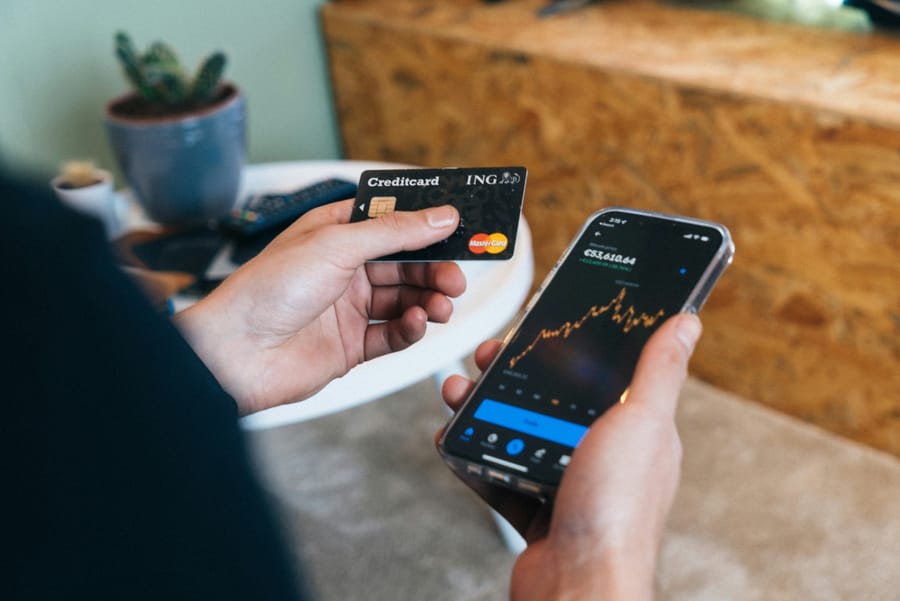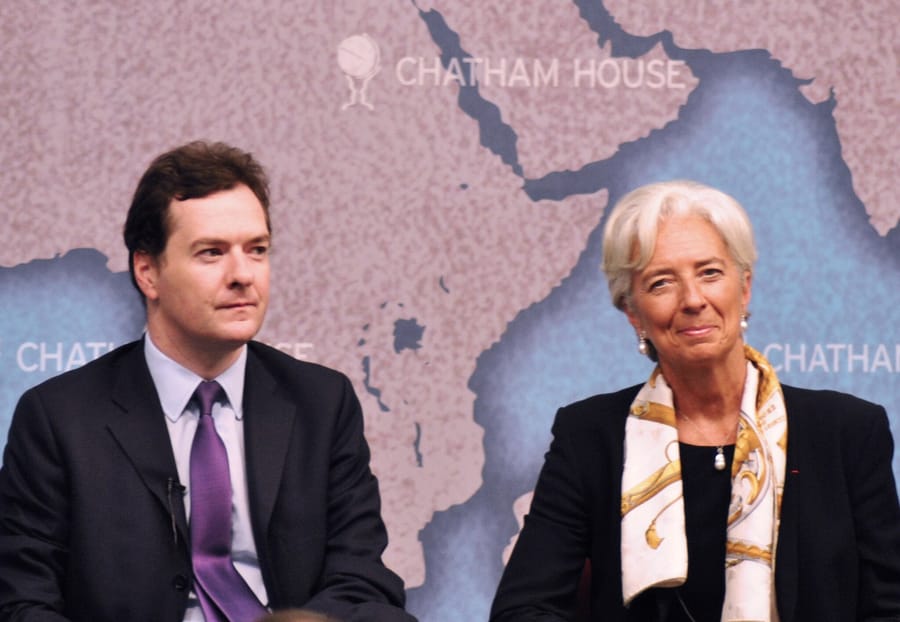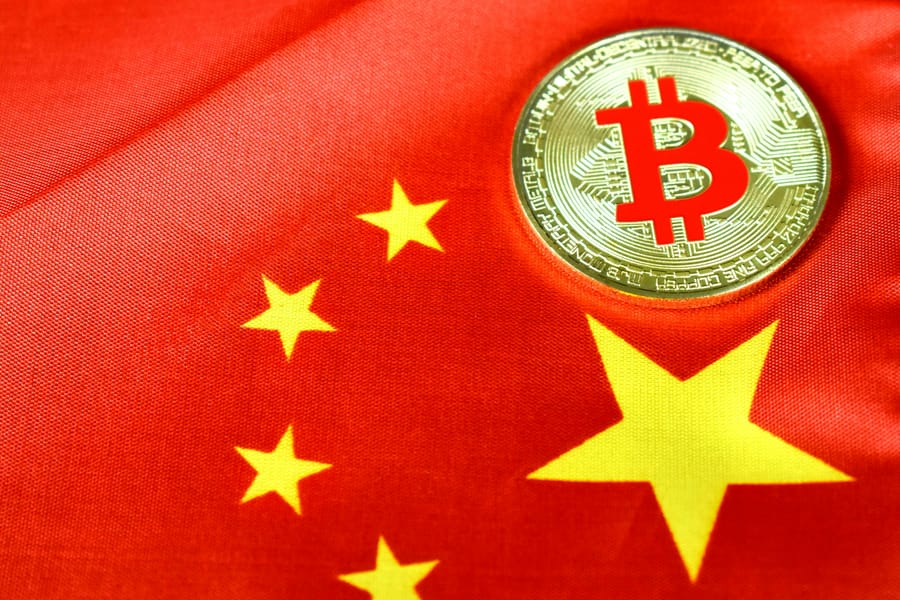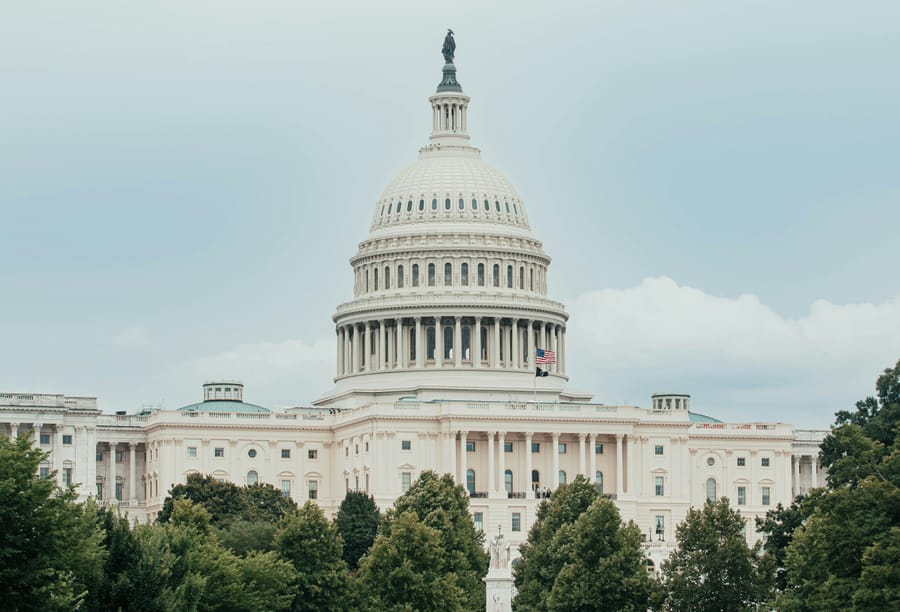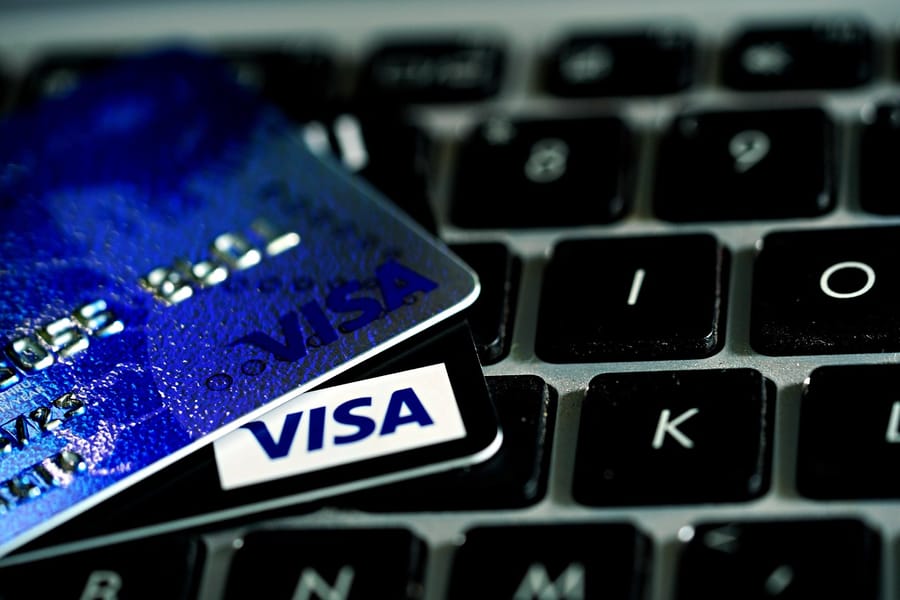Mastercard announced a comprehensive stablecoin strategy on June 24, 2025, enabling its clients to use digital currencies for everyday purchases and cross-border settlements, while the company's stock fell 5.39% to $538.73 on June 18, 2025, partly due to market concerns following the U.S. Senate's passage of a stablecoin regulatory bill, the GENIUS Act. This initiative marks a significant milestone towards broader cryptocurrency adoption, particularly in the $260 billion and rapidly growing stablecoin asset class, which promises lower-cost and faster payments than through traditional banking channels.
The financial giant announced it is integrating PayPal's PYUSD, the Paxos-led Global Dollar (USDG), and Fiserv's newly unveiled FIUSD stablecoins into its global network, which already includes support for Circle's USDC, and is introducing stablecoin transactions for cross-border payments through Mastercard Move. The company has formed strategic partnerships with crypto exchange OKX and payments processor Nuvei, as well as financial technology provider Fiserv to bring FIUSD support to its card products, on- and off-ramps, and merchant settlements, and to let consumers spend both fiat and stablecoin balances under a single interface with Mastercard One Credential. According to Jorn Lambert, Mastercard's Chief Product Officer, regulated stablecoins are undoubtedly part of the evolution of digital payments, though the company expects that consumers and businesses will continue to use fiat currency with their Mastercard cards for most use cases.
The new initiatives mean financial institutions and businesses could soon mint, redeem and settle transactions using select stablecoins, while consumers may use them in the same way they would use traditional currencies for transfers and payments, including at the firm's 150 million merchant locations. These developments join existing digital asset offerings, which span card programs with crypto firms that allow users to spend their crypto holdings to merchant settlements and tokenized bank deposits, with future plans including enabling programmable payments via Mastercard's Multi-Token Network.
Sources:
1.

2.

3.

4.
